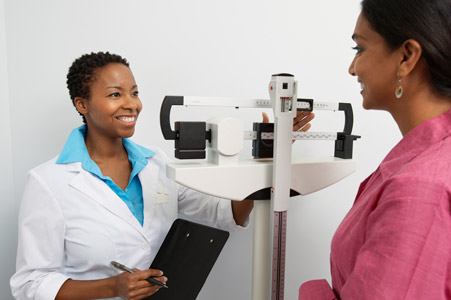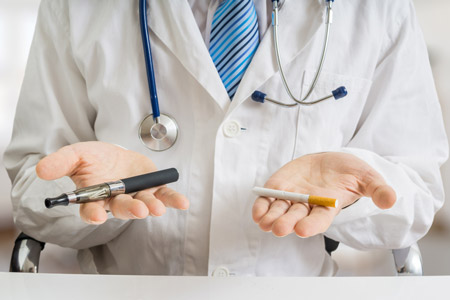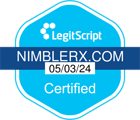


How Quickly Do GLP-1s Work? Understanding the Timeline
For individuals living with type 2 diabetes or patients looking for additional weight management tools, managing blood sugar levels is a daily priority. GLP-1 drugs, short for glucagon-like peptide-1 receptor agonists, have emerged as a valuable tool in diabetes and weight management. These medications work by stimulating insulin secretion and suppressing glucagon release, leading to improved blood sugar control. But just how quickly do GLP-1 medications work, and what can you expect in terms of timeline? In this blog, we'll explore the onset of action of GLP-1s and provide insights into what you can anticipate when starting this treatment.
Before delving into the timeline of GLP-1 agonists, it's essential to understand how they work. GLP-1 receptor agonists mimic the action of a natural hormone called glucagon-like peptide-1, which is released in response to food intake. These medications stimulate insulin secretion from the pancreas while inhibiting the release of glucagon, leading to lower blood sugar levels. Additionally, GLP-1 drugs slow down gastric emptying, helping to regulate appetite and promote weight loss in some individuals.
The onset of action of GLP-1 drugs can vary depending on the specific medication and individual factors such as metabolism and dosage. However, in general, these medications start to exert their effects relatively quickly after administration. Within the first few days of starting treatment, many people experience a noticeable reduction in blood sugar levels, especially after meals.
Typically, the initial effects of GLP-1 agonists on blood sugar control become apparent within the first week of treatment. However, it's essential to keep in mind that optimal results may take longer to achieve. It may take several weeks to months of consistent use for individuals to reach their target blood sugar levels and experience the full benefits of GLP-1 treatment.
Several factors can influence how quickly GLP-1 drugs work and the timeline of their effects:
- Dosage: The dose of GLP-1 medication prescribed by your healthcare provider can impact how quickly you experience improvements in blood sugar control. Higher doses may lead to more significant reductions in blood sugar levels but could also increase the risk of side effects.
- Individual Response: Each person's body responds differently to medications, so the timeline of GLP-1 drug efficacy may vary from one individual to another. Factors such as age, weight, overall health, and genetic predisposition can all influence how quickly you respond to treatment.
- Lifestyle Factors: Lifestyle habits, including diet, exercise, and adherence to medication regimens, can also play a significant role in the efficacy of GLP-1 drugs. Making healthy lifestyle choices can enhance the benefits of treatment and expedite improvements in blood sugar control.
- Combination Therapy: GLP-1 drugs are often used in combination with other diabetes medications, such as metformin or insulin. Combining therapies can enhance their effectiveness and may lead to more rapid improvements in blood sugar levels.
Additionally, be aware of potential side effects associated with GLP-1 drugs, such as nausea, vomiting, or hypoglycemia. While these side effects are generally mild and transient, informing your doctor promptly can help address any issues and ensure that you can continue treatment safely.
The information on this site is for informational purposes only and should not replace direct medical advice, diagnosis, or treatment from your doctor or another qualified healthcare provider.
Sources:
“GLP-1 Agonists.” The Cleveland Clinic.
“GLP-1 agonists: Diabetes drugs and weight loss.” The Mayo Clinic.


.jpg)
.jpg)
.jpg)


















.jpg)





















.jpg)








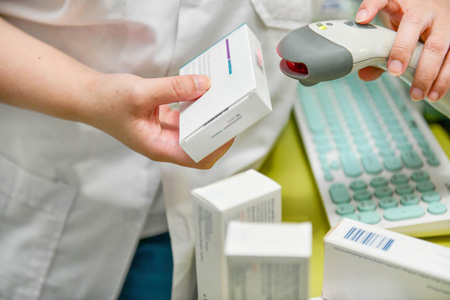
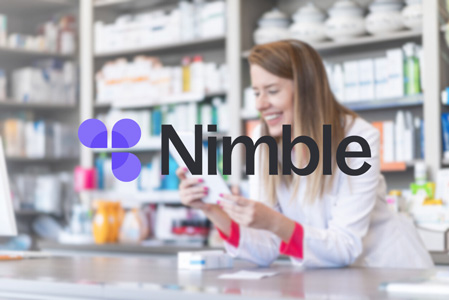







.jpg)




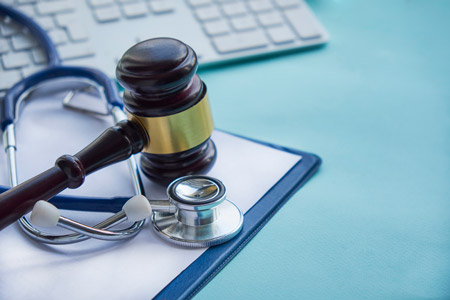

















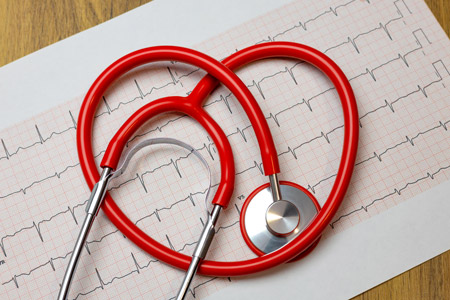



.jpg)
.jpg)
.jpg)


